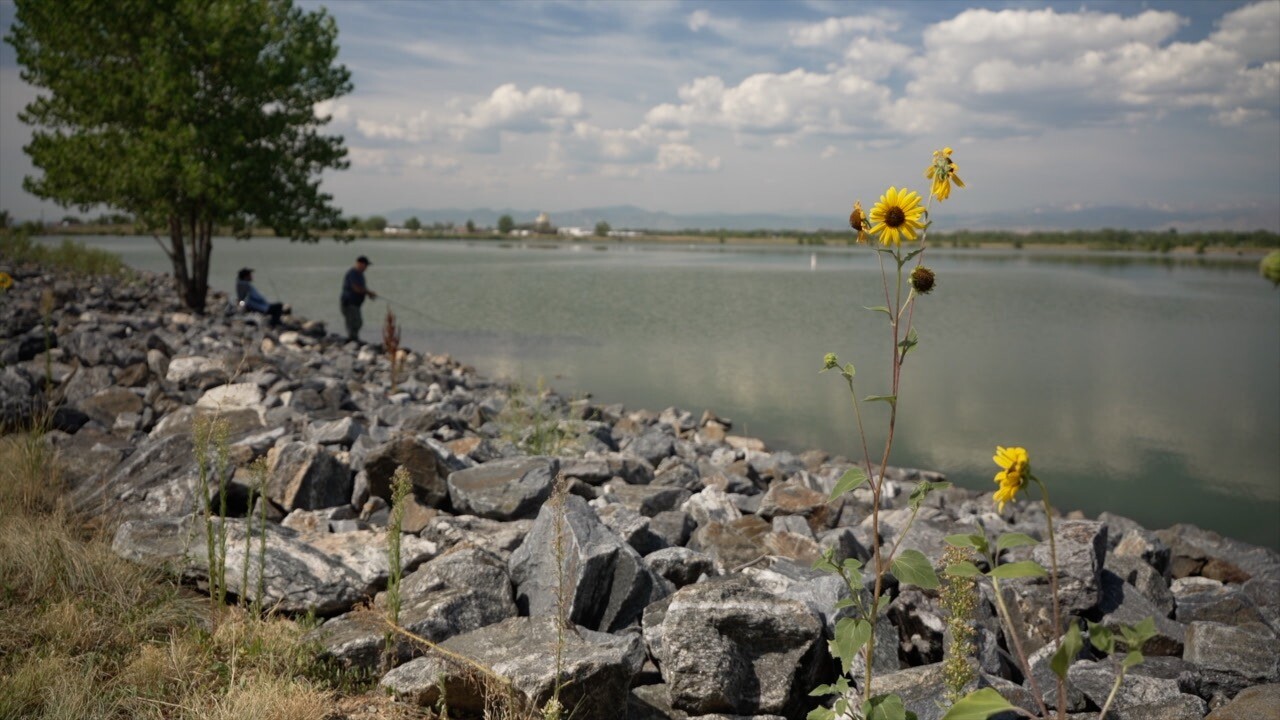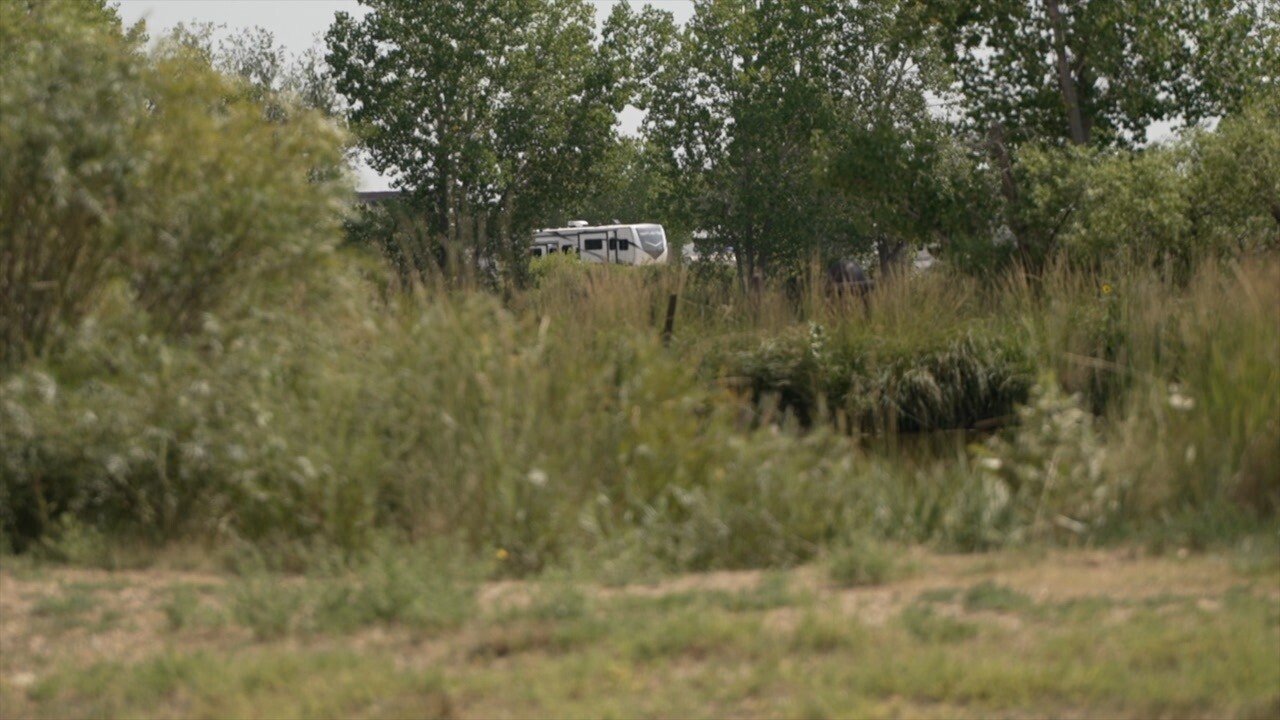LONGMONT, Colo. — St. Vrain State Park is a beloved spot for fishers and nature enthusiasts alike. The park features an ensemble of small ponds rather than a single lake, offering a variety of fishing experiences, along with opportunities for birdwatching and enjoying the great outdoors.
Wayne Houston, a dedicated angler, visits the park about three times a week.
“We’ve been coming out here for the last couple of months, and it’s been really good fishing,” Houston shared. “You just drag a night crawler around the rocks, and these walleye sniff them out. It's pretty cool.”

Many of the ponds in the park are stocked with different species of fish. For example, the largest body of water in the park, Great Blue Heron Reservoir, is regularly stocked with channel catfish, black crappie, redear sunfish, largemouth bass, and walleye. Sandpiper Pond, on the other hand, has rainbow trout, largemouth bass, channel catfish, black crappie, bluegill, green sunfish and yellow perch.
Volunteer Toni Atteridge spends some of her time cleaning up the 14 picnic sites found throughout the park, removing any trash or fishing line that visitors may have left behind.
“It’s a beautiful park, and we like to see it clean,” Atteridge said. “We always like to leave it cleaner for the next person.”
While fishing is the most popular activity at the park, it’s vital to remove hooks from any fish that are going to be put back into the water. Last week, St. Vrain State Park shared this post on Facebook, explaining how they found a juvenile osprey that had died after swallowing several feet of fishing like and hooks.
“If you leave the hook in it, we’ve got a dead fish,” Atteridge said. “Then, we have dead critters. It really upsets us when that happens.”
Fisherman Randal Perrin, who comes to the park nearly every day, said that bringing the right tool to remove fishing hooks is essential, and is the responsible thing to do.
“I carry a pair of Leatherman pliers to take the hooks out,” Perrin said. “If I see any other hooks in the fish, I take them out.”

Besides fishing, the park boasts 87 campsites, 7 miles of trails and opportunities to see many kinds of wildlife, especially birds. Pelicans, osprey, cormorants and heron are common sights throughout the park.






